Many drivers refer to trucks as a ‘class 2 truck’ or a ‘class 4 truck’. Trucks in New Zealand aren’t defined by class, they are defined by type (see below). However, the driver’s licence required to drive them, e.g. a class 5 licence, is often used as a general description. A truck can be class 2 if driven without a trailer, but class 5 with a trailer, which is why defining trucks by class is not always correct. The licence required is determined by weights and what type of trailer is being towed.
Practical weight limits are determined by the maximum weight you are permitted on a single axle. The maximum weight on a two-axle vehicle is 8200kg (rear dual-tyre axle) plus 7200kg (front steering axle with single large tyres [at least 330mm/13-inch width by 24-inch diameter or 355mm/14-inch width by 19.5-inch diameter]). This means that a two-axle vehicle’s maximum GLW is 15,400kg. Theoretically, a 3-axle truck could, therefore, be a class 2 truck if it was limited to 18,000kg, but that rarely happens, as we’ll see.
Class 2 truck
Trucks you can drive on a class 2 licence have a maximum gross laden weight (GLW) between 6000kg and 18,000kg on the road. They are almost always two axles only.
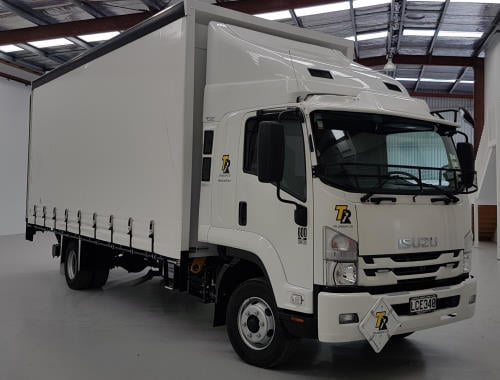
Mining trucks with two axles that weigh more than 18000kg can be driven on a class 2 licence.
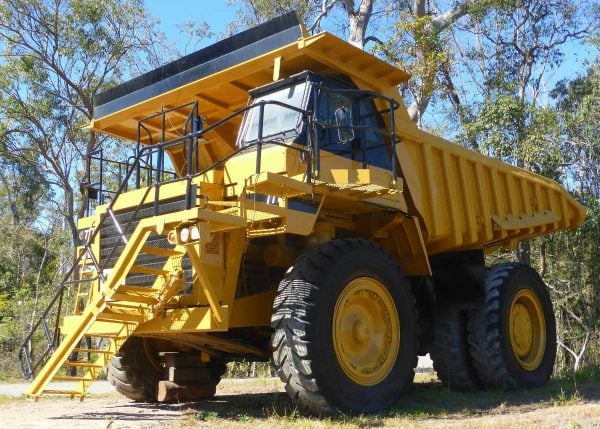
Tractor units up to 18000kg are included. I.e. a 4×2 tractor unit that is not pulling a trailer is a class 2 vehicle.
Class 3 truck
Class 3 trucks are rarely referred to in New Zealand. It is a class 2 vehicle plus a trailer with a gross combination weight (GCW) of up to 25,000kg.
Class 4 truck
A class 4 truck has typically three, four or five axles and is a rigid vehicle with a GLW of more than 18,000kg. The additional axle allows the truck to carry more weight; it does not usually make economic sense to add redundant axles because the driver has to pay for additional tyre wear and the road user charges (RUCs) are more expensive per kilometre. Most three-axle trucks will have a GLW of around 22,500kg.
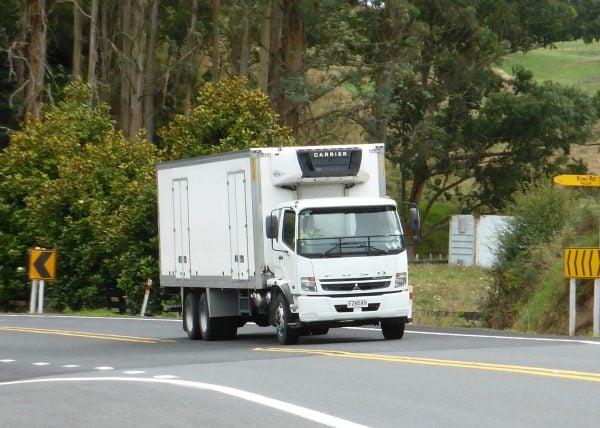
Class 5 truck
A class 5 truck is a tractor unit pulling a semitrailer or a class 4 truck pulling a heavy trailer. The gross combination weight is more than 25,000kg.
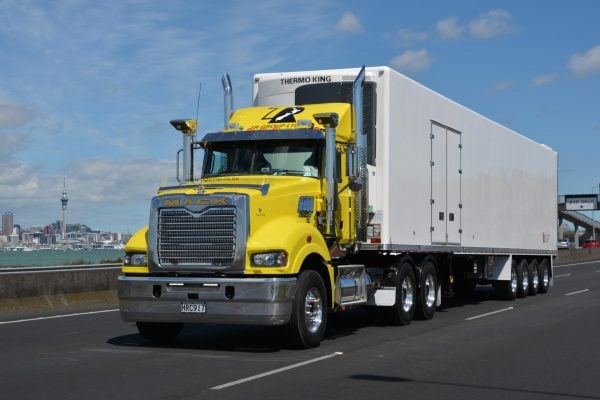
Types of truck
Defining a truck by its type is the accurate way of determining what the truck is.
Type 1: 2-axle truck with single-tyred axles
Type 2: 2-axle truck or tractor unit with one single-tyred axle and one twin-tyred axle
Type 6: 3-axle truck or tractor unit
Type 14: 4-axle truck or tractor unit
Type 19: 5-axle truck
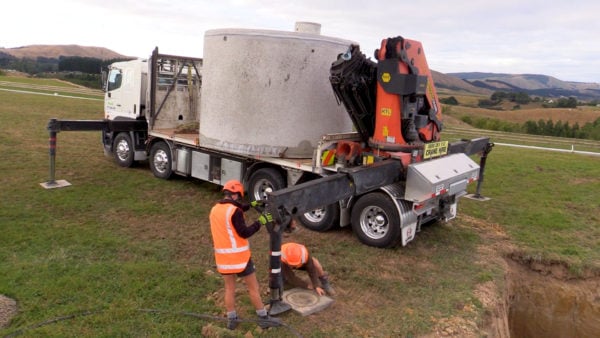
Combinations
Type 308: a 3-axle towing vehicle in a combination that has 8 axles (either a B-train or a truck and trailer
Type 408: a 4-axle towing vehicle in a combination that has 8 axles (either a B-train or a truck and trailer)
Type 309: a 3-axle towing vehicle in a combination that has 9 axles (either a B-train or truck and trailer)
Trailers, mobile cranes and vintage vehicles also have types

